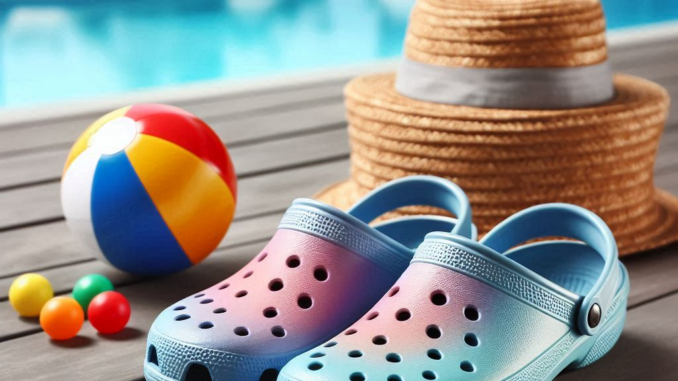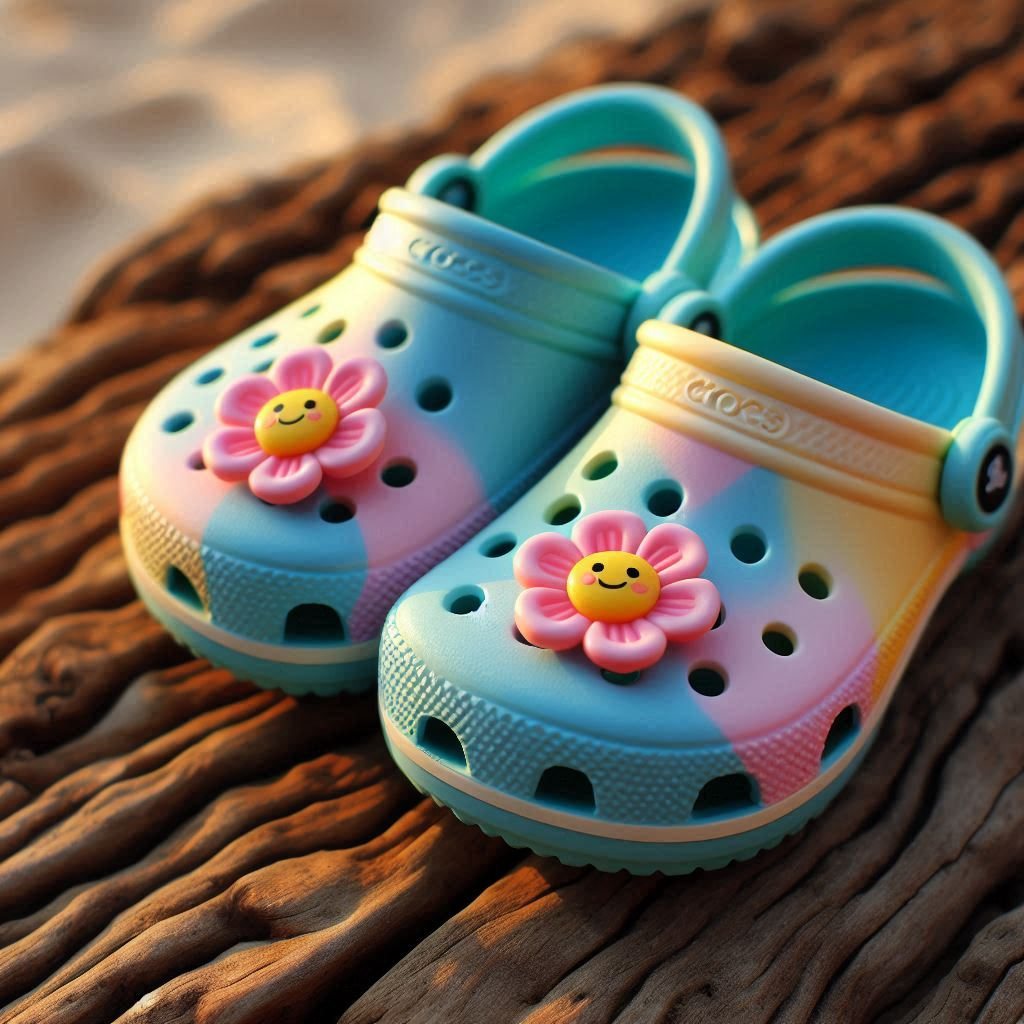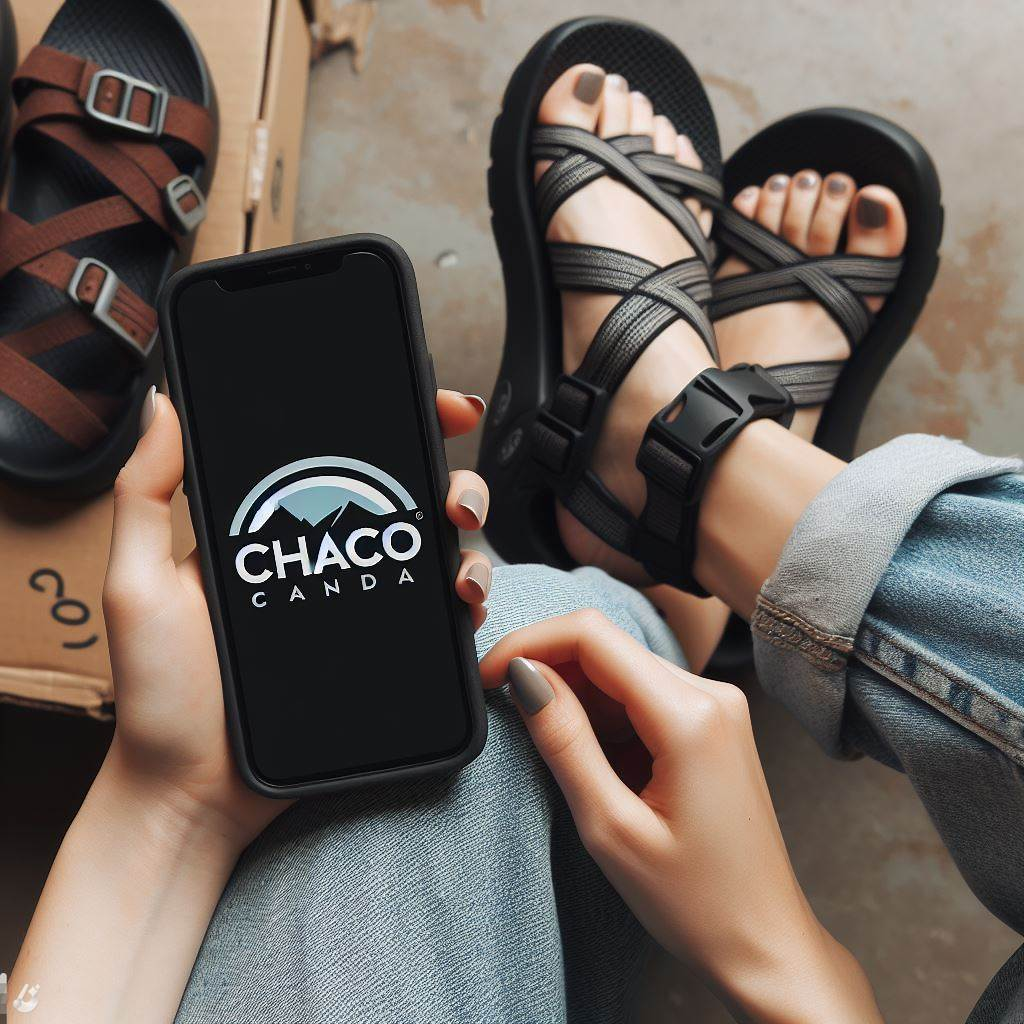
Are Crocs Barefoot Shoes?
Crocs have become a go-to shoe for many folks looking for easy, comfy footwear. But if you’re into the whole barefoot shoe thing, you might be wondering – do Crocs count as barefoot shoes? Let’s dive into this question and figure out if those colorful clogs are really giving your feet the freedom they crave.
Quick Answer
While Crocs are comfy and have some barefoot-friendly features like a wide toe box, they don’t quite make the cut as true barefoot shoes due to their thicker soles, heel lift, and built-in arch support.
What’s the Deal with Barefoot Shoes?

Before we get into the nitty-gritty of Crocs, let’s break down what makes a shoe “barefoot”:
- Zero-drop sole: The heel and toe are on the same level, just like your bare feet on the ground.
- Super thin, bendy soles: You can really feel the ground under your feet, which helps strengthen your foot muscles.
- Roomy toe box: Your toes can spread out naturally, which is great for balance and comfort.
- No arch support: This might sound weird, but it actually helps your foot’s natural arch do its job and get stronger.
The idea behind barefoot shoes is to let your feet move the way nature intended, without all the cushioning and support that most modern shoes provide.
Crocs vs. Barefoot Shoes: The Showdown
Now, let’s see how Crocs stack up against these barefoot shoe must-haves:
The Good Stuff
- Wide toe box: Crocs definitely nail this one. They’re known for being roomy, which is great for letting your toes spread out.
- Breathability: Those funky holes in Crocs? They keep your feet cool and dry, which is a plus for foot health.
Where Crocs Fall Short
- Heel lift: Crocs usually have a small lift in the heel (about 5-8mm). True barefoot shoes aim for zero drop.
- Thick soles: The cushy soles on Crocs are comfy, but they don’t let you feel the ground like barefoot shoes do.
- Built-in arch support: Crocs come with some arch support molded into the footbed. Barefoot shoes skip this to let your foot’s natural arch do its thing.
- Less foot flexibility: The plastic material and overall design of Crocs don’t allow for as much natural foot movement as barefoot shoes.
The Verdict: Close, But No Cigar
So, are Crocs barefoot shoes? Not quite. While they’ve got some foot-friendly features, they miss the mark on some key barefoot shoe principles. The heel lift, thick soles, and built-in support mean they’re not giving your feet the full barefoot experience.
But don’t toss your Crocs just yet! They can still be a step in the right direction if you’re looking to transition away from super restrictive shoes.
My Crocs to Barefoot Journey: A Personal Tale
I remember when I first got into the whole barefoot shoe thing. I was a die-hard Crocs fan – they were my go-to for everything from grocery runs to gardening. I loved how roomy they felt, and my toes had never been happier.
But as I dug deeper into the barefoot shoe world, I realized my beloved Crocs weren’t quite cutting it. I decided to make the switch gradually. I started by wearing my Crocs for quick errands and alternating with a pair of minimalist shoes for longer walks.
“At first, it felt weird. Like, really weird. I could feel every pebble and crack in the sidewalk with my new barefoot shoes. But after a few weeks, something amazing happened. My feet felt stronger, my balance improved, and those nagging knee pains I’d had? Gone!”
Now, I still keep my Crocs around for quick trips to the mailbox or when I need to slip something on fast. But for everyday wear, I’m all about those barefoot shoes. The journey from Crocs to truly minimalist footwear taught me a lot about what my feet really need to be happy and healthy.
Can Crocs Be a Stepping Stone to Barefoot Shoes?
Absolutely! If you’re used to wearing super cushioned, narrow shoes, jumping straight into barefoot shoes might be a shock to your system. Crocs can be a nice middle ground to help your feet start adjusting to more freedom.
Here’s a game plan if you want to ease into the barefoot life:
- Start with Crocs: Wear them for short periods to get used to a wider toe box.
- Do some foot exercises: This helps strengthen your feet for the barefoot transition.
- Try a “barefoot-lite” shoe: Look for shoes with a wide toe box but a bit more cushioning than full-on barefoot shoes.
- Gradually increase barefoot time: Slowly swap out your Crocs for true barefoot shoes, giving your feet time to adjust.
Remember, it’s not a race. Your feet have been in traditional shoes for years, so be patient as they learn to work in new ways.
Crocs vs. Barefoot Shoes: The Ultimate Showdown
Let’s break it down with a handy comparison table:
| Feature | Crocs | Barefoot Shoes |
|---|---|---|
| Toe Box | Nice and roomy | Spacious and natural |
| Heel-to-Toe Drop | 5-8mm lift | Zero drop (flat as a pancake) |
| Sole Thickness | Thick and cushy | Thin and flexible |
| Arch Support | Built-in | None (lets your arch do its thing) |
| Ground Feel | Limited | You feel everything (in a good way) |
| Foot Strengthening | Some, but limited | Major workout for your feet |
Wrapping It Up: To Croc or Not to Croc?
So, are Crocs barefoot shoes? Not exactly. But they’re not the worst choice either, especially if you’re just starting to think about foot health.
Here’s the bottom line:
- If you want the full barefoot experience, you’ll need to look beyond Crocs.
- But if you’re taking baby steps towards more foot-friendly shoes, Crocs can be a good starting point.
- For the best of both worlds, consider keeping Crocs for quick, comfy wear, and invest in true barefoot shoes for everyday use.
Remember, the journey to happier, healthier feet is different for everyone. Whether you’re team Crocs, team barefoot, or somewhere in between, the most important thing is that you’re thinking about what’s best for your feet.


Leave a Reply